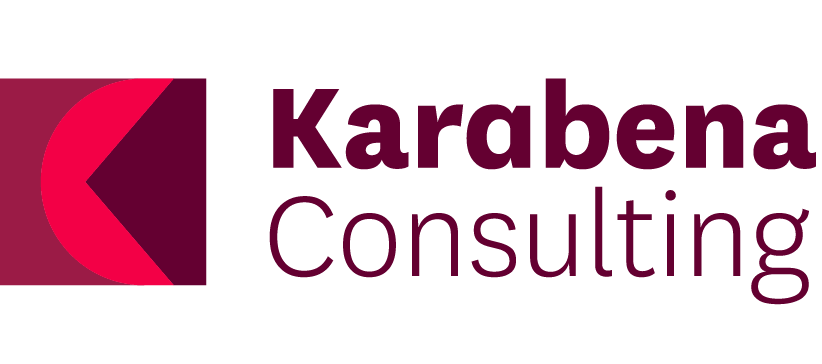Engaging and Supporting First Nations ECEC students
Victorian Department of Education (DE)
Who funded the project
This project sat within the broader context of the Victorian Government’s Best Start, Best Life (BSBL) reforms, which aim to improve early learning outcomes and expand access to quality early childhood education. A critical pillar of these reforms is the workforce, ensuring that the sector attracts, supports, and retains early childhood teachers and educators who reflect the diversity of the communities they serve.
As part of this, the BSBL Workforce Strategy includes a clear commitment to increasing the number of Aboriginal teachers and educators in the early years' workforce, and to strengthening the cultural safety of early childhood services. The Workforce Policy and Programs (WPP) Division is leading a suite of initiatives to achieve these goals, including the Aboriginal Pathways Scholarships Program and the Early Childhood Tertiary Partnerships Program.
This project supported that work by conducting a First Nations-led engagement to understand what helps, and what hinders, Aboriginal students to enter and complete early childhood qualifications, and transition into the early childhood workforce. The project also explored how the Department can strengthen partnerships with First Nations stakeholders to ensure initiatives are grounded in lived experience, cultural authority, and community leadership.
The findings from this project provided evidence-based insights and practical recommendations to support the Department’s ongoing efforts to grow and sustain Victoria’s First Nations early childhood education workforce. These insights will help shape future program design and ensure that initiatives are informed by lived experience, cultural knowledge, and community priorities.
Summary
The primary aim of this project was to investigate:
a) how to maximise the uptake and impact of the Aboriginal Pathways Scholarship Program,
b) the key barriers to, and enablers for, First Nations students completing qualifications in Early Childhood Education, and
c) what opportunities exist to partner with First Nations stakeholders to do this work.
Project Aims
To achieve the project aims, Karabena:
Undertook a landscape review and collateral review of programs and initiatives supporting Aboriginal participation in tertiary education and workforce entry. While the primary focus was early childhood education, the scope extended to teaching, health, and human services to capture transferable lessons across sectors. Analysis paid particular attention to structural, cultural, and practical features influencing program uptake and completion, with a focus on cultural safety, mentoring, flexible pathways, and community-led support.
Conducted focus groups with a total of 42 representatives from the Department, sector organisations, Aboriginal Community-Controlled Organisations, and early childhood services.
Led individual yarns with eight Aboriginal Pathways Scholarship Program recipients.
Findings from these activities were thematically coded against the three project aims, and were synthesised into a final report outlining findings and areas for action.
Methodologies
Outputs
The core outputs of this project were:
Final report including key findings and both short- and longer-term areas of action.
Consultation Summaries.
Landscape and collateral reviews.
The Department has committed to implementing the report’s areas for action. By addressing these recommended actions, it is anticipated that the project will lead to improved uptake and impact of the Aboriginal Pathways Scholarship Program; address barriers to, and enhance enablers for, First Nations students completing qualifications in Early Childhood Education; and strengthen partnerships with First Nations stakeholders to do this work.
Project Outcomes
Aboriginal workforce
Early childhood education
Cultural safety
Workforce pathways
Scholarships
Community-led engagement
Tertiary education
Barriers and enablers
Sector partnerships
Best Start, Best Life reforms
